American Leadership
When President Obama took office in 2009, America was engaged in two costly wars, faced a global economic crisis, and had a diminished standing with our allies and around the world. The President refocused and reaffirmed American leadership in the world, recognizing that American strength derives not only from our military power but also our economic vitality, the depth and breadth of our global partnerships, and our values.

Over the course of his time in office, President Obama chose to pursue engagement over the use of force — making it a hallmark of the Administration’s promotion of America’s national security interests and the safety of the American people. Through strong and smart, resilient and relentless policies, the President leveraged every aspect of American power to ensure our homeland would remain safe and the global leader of the 21st century.
May 2, 2011
Dismantled Al Qaeda’s Leadership
On May 2, 2011, at President Obama’s direction, the United States launched a targeted operation against that compound in Abbottabad, Pakistan. A small team of Americans carried out the operation with extraordinary courage and capability. No Americans were harmed. They took care to avoid civilian casualties. After a firefight, they killed Osama bin Laden and took custody of his body.


President Obama on Death of Osama bin Laden
February 12, 2013
Improved America’s Cybersecurity
On February 12, 2013, President Obama signed Executive Order 13636, “Improving Critical Infrastructure Cybersecurity.” The Executive Order was designed to increase the level of core capabilities for our critical infrastructure to manage cyber risk. It did this by focusing on three key areas: (1) information sharing, (2) privacy, and (3) the adoption of cybersecurity practices.
The EO tasked the National Institute for Standards and Technology (NIST) to work with the private sector to identify existing voluntary consensus standards and industry best practices and build them into a Cybersecurity Framework. The Administration recognized that there were private-sector cyber leaders who were already implementing strong cybersecurity controls, policies, procedures and innovations and asked these companies to help us shape best practices across critical infrastructure.
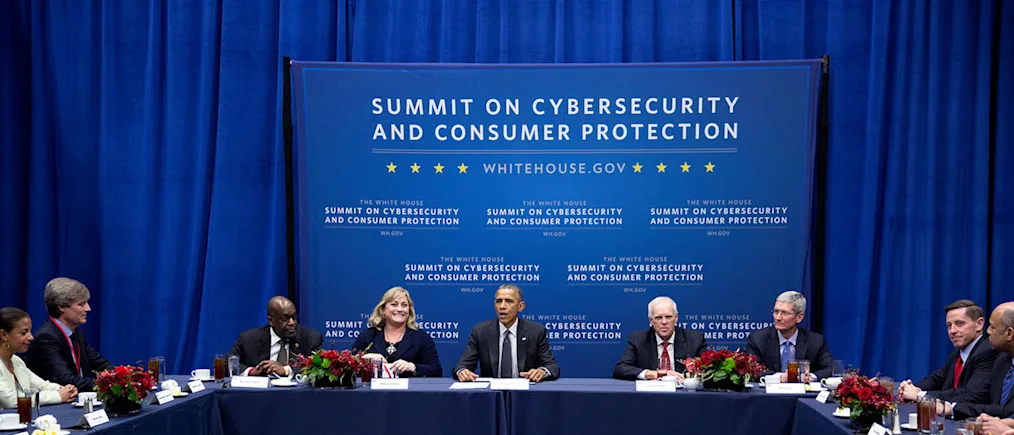
Led a Global Effort Against Nuclear Proliferation
The Obama Administration secured a landmark multilateral deal to roll back the Iranian nuclear program and verify that Iran cannot obtain a nuclear weapon. Nuclear physicists, military officials, non-proliferation experts, and more than 100 countries across the globe all voiced their support for the Iran nuclear deal because it was the best solution available to prevent Iran from obtaining a nuclear weapon without taking military action.
The Administration also led global efforts to secure nuclear materials to prevent them from falling into the hands of terrorists through four Nuclear Security Summits.
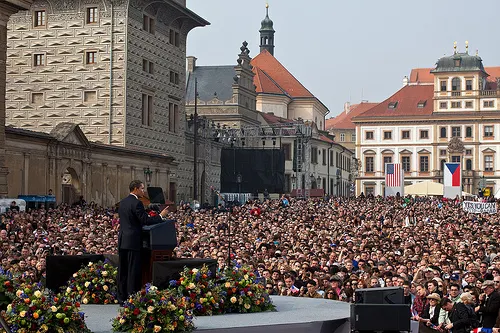

December 17, 2014
Normalized Relations with Cuba
On December 17, 2014, President Obama announced that he was rejecting the Cold War-era policy era of the past. He built a historic opening to Cuba, ending a failed policy of over 50 years by re-establishing diplomatic relations and facilitating greater travel, commerce, and people-to-people ties.
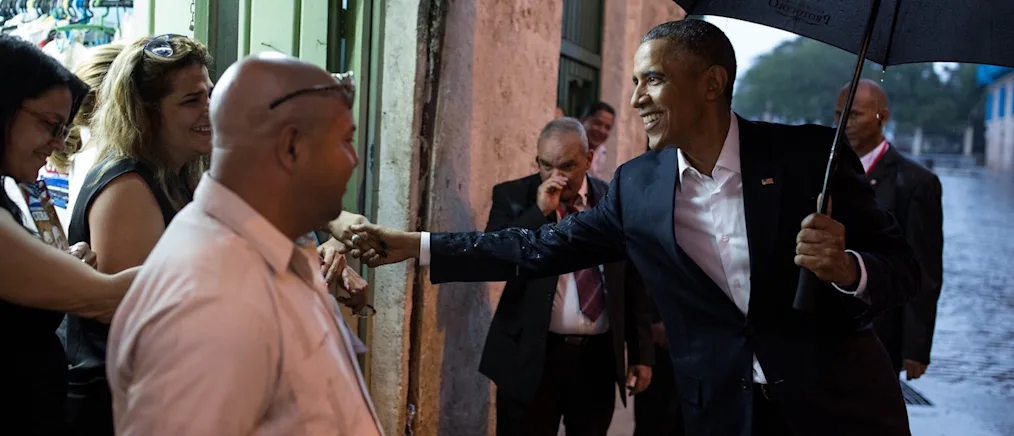
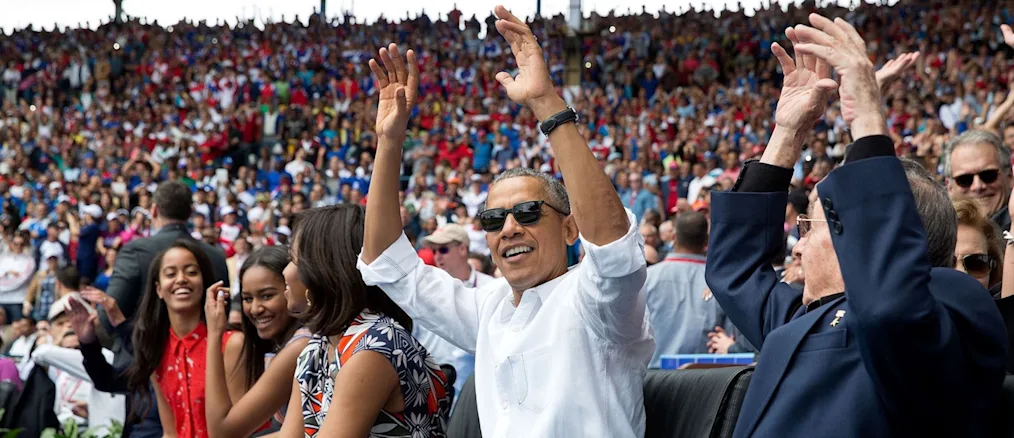
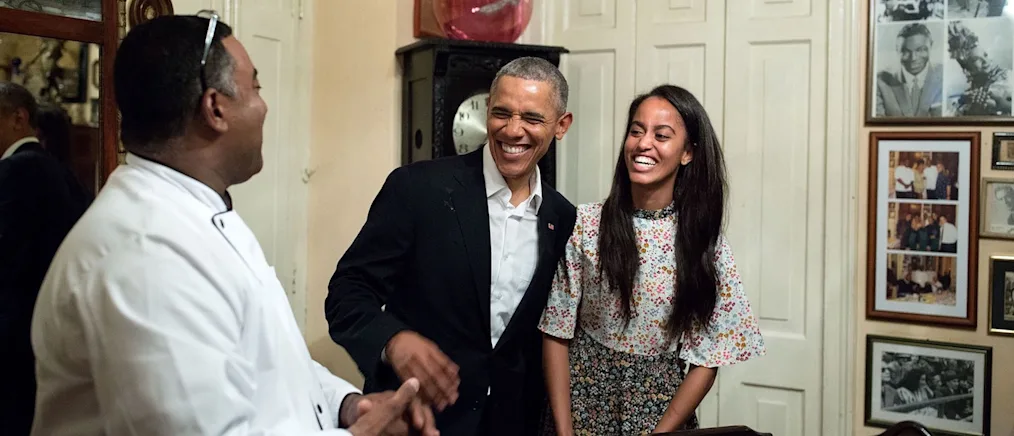
October 5, 2015
Negotiated the Trans-Pacific Partnership
The Obama Administration negotiated and concluded the Trans-Pacific Partnership (TPP), a 12-country agreement representing nearly 40 percent of global economic output, to increase American trade with the fastest growing region in the world, based on an open, transparent, and level playing field.
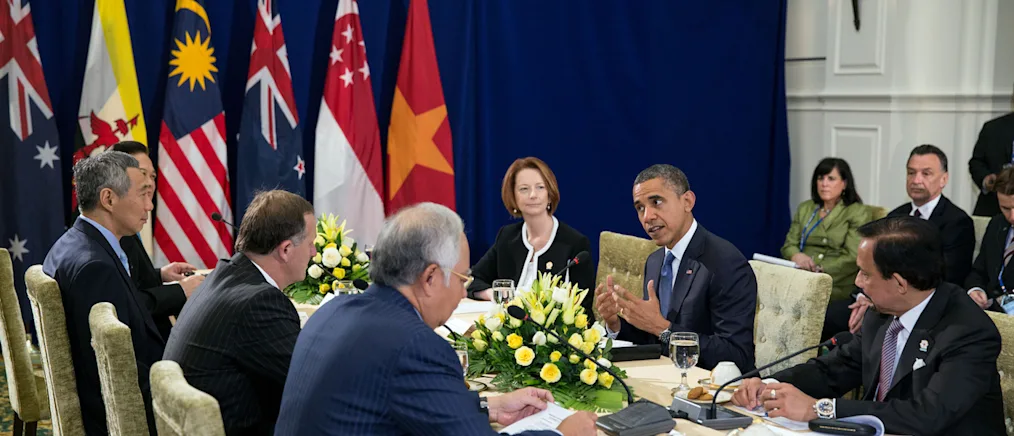
December 12, 2015
Led the Paris Agreement
The Obama Administration led a global effort to achieve the Paris Agreement among 196 countries to take real action on climate change that calls for strong transparency, ensuring countries adhere to ambitious emissions reduction goals, and setting the world on a course to cut carbon pollution and other greenhouse gases.
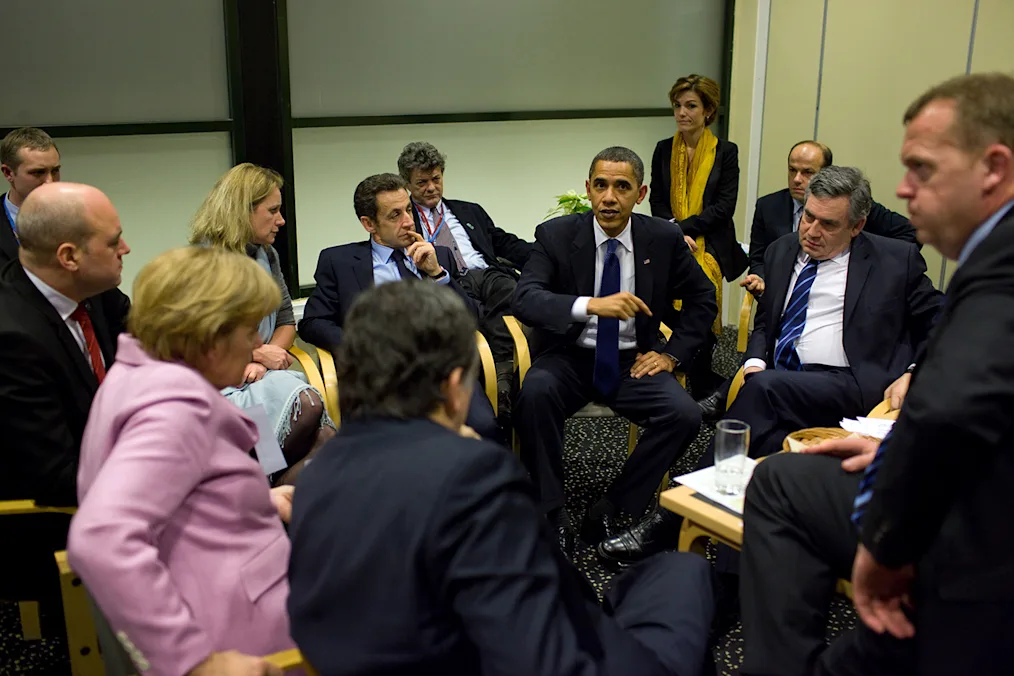
Responded to Ebola
The Obama Administration developed a comprehensive, intergovernmental strategy to combat outbreaks of the flu (H1N1), Ebola, and other infectious diseases.
The Ebola outbreak in West Africa grew into the deadliest one the world has ever seen — and the President committed to treating and tackling Ebola as both a national security priority, and an example of American leadership.
The U.S. built, coordinated, and led a worldwide response to the Ebola outbreak while strengthening our preparedness here at home. And thanks to the hard work of our military members, civilian responders, and health care workers, we dramatically bent the curve of the epidemic. Cases went down 80 percent from peak levels.
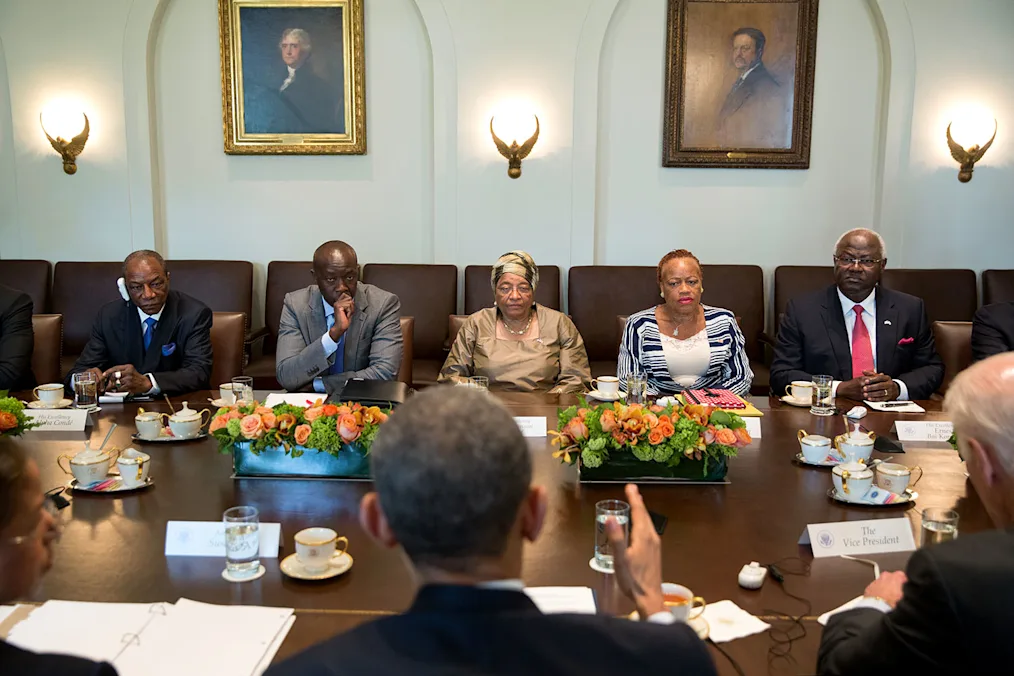
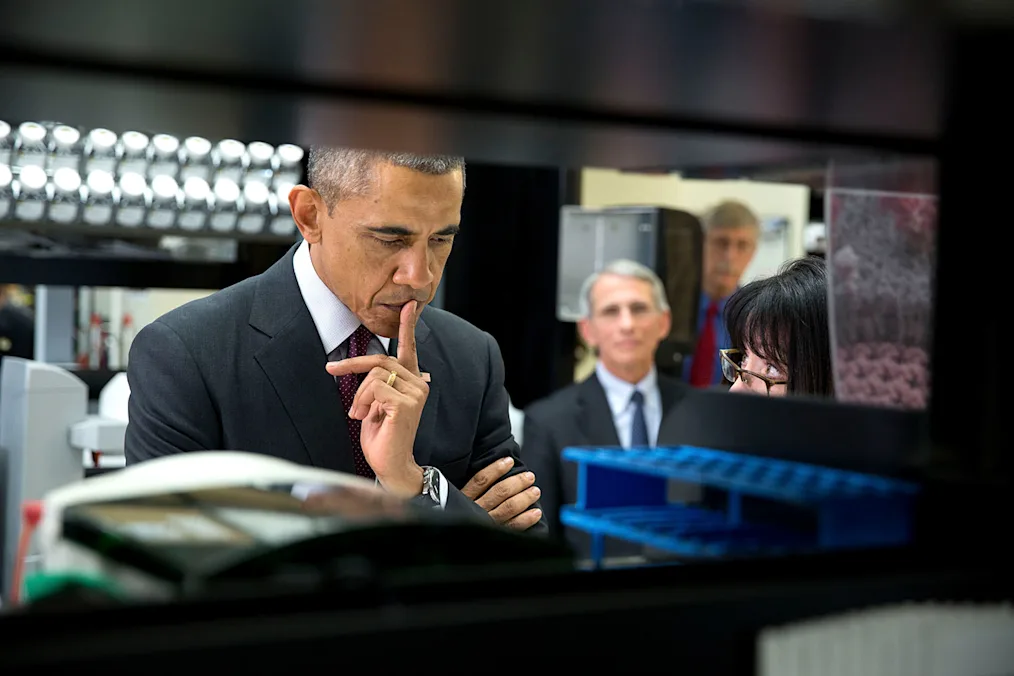
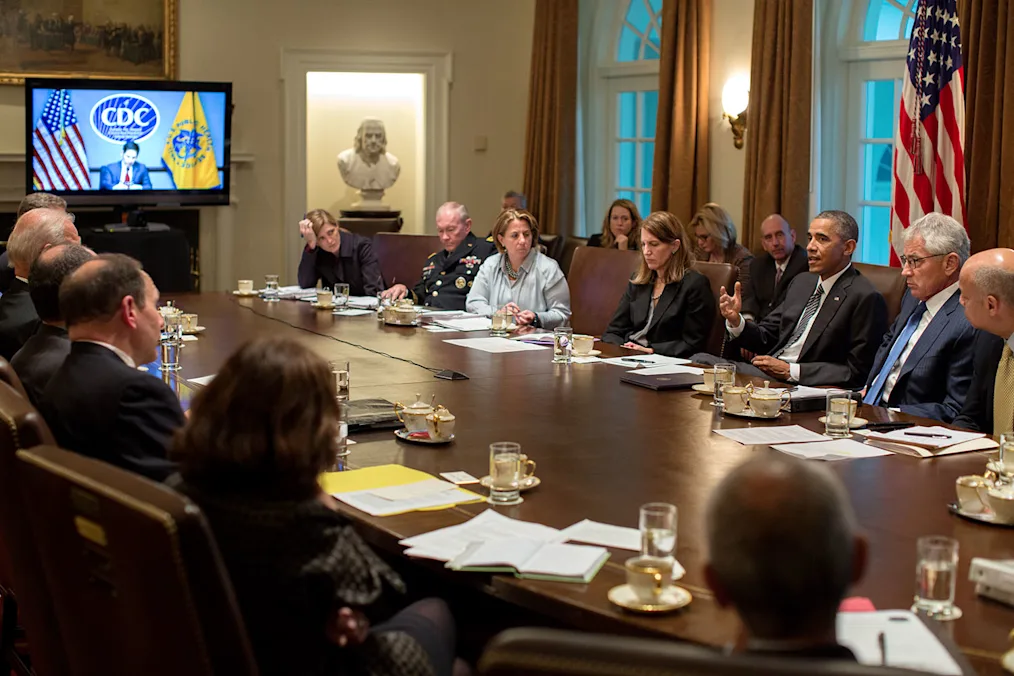
Formed a Coalition to Degrade and Destroy ISIL
The terrorist group known as ISIL was formerly al Qaeda’s affiliate in Iraq. Though it calls itself the “Islamic State,” it is neither Islamic nor a state. It is a terrorist organization that has perverted a religion into a dangerous ideology.
On September 10, 2014, President Obama announced the formation of a broad international coalition to defeat ISIL. Since then, the United States has led 66 international partners in a global coalition to counter ISIL with a focus on liberating ISIL-controlled territory in Iraq and Syria. The mission was aimed at striking ISIL at its core, degrading its networks, and constraining its prospects for expansion.
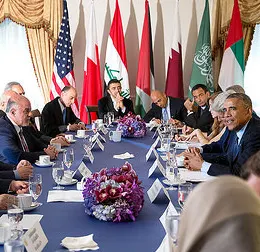
1/3
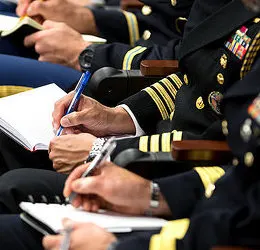
2/3
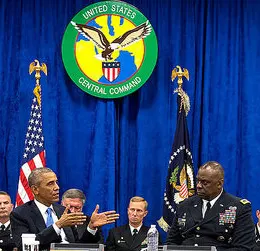
3/3

Learn more about the Obama Administration
Browse the story of President Obama’s administration and the Obama family’s time in the White House.
Explore by Topic or Era